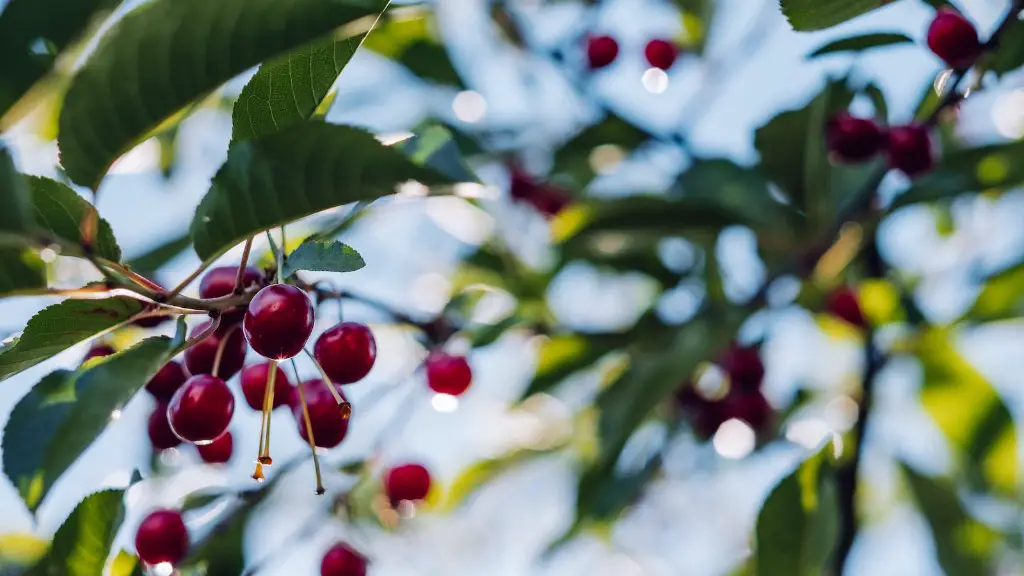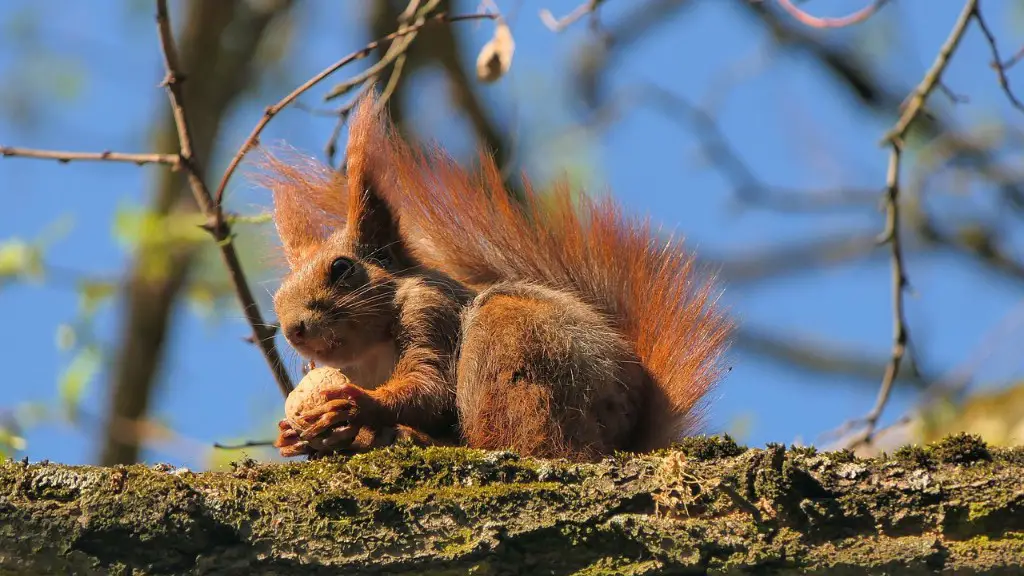How Old is an Avocado Tree Before it Produces Fruit
The journey from an avocado seedling to a mature fruit-bearing tree can take many months, however, the average time of production of the first fruit can range from three to five years. In some cases, an avocado tree can live up to 15 years before producing any avocados, depending on the variety, soil, and climate.
Avocado trees can range from 5 to 40 feet tall and they take anywhere from 3-5 months to germinate – with some varieties taking up to a year to sprout from the seed.The seed then grows in size and will form a single pot-like structure. After the seed begins to get larger, an avocado sapling typically grows in about a year, depending on the environment. It takes a few years for an avocado sapling to grow into an established tree capable of producing fruit.
The exact timing for the fruit-bearing process varies based on a variety of factors including climate, soil conditions, and the variety of avocado tree. There are a number of different avocado tree varieties and each one has its own unique characteristics, including the time it takes from planting the seed to producing fruit. For example, ‘Hass’, one of the most popular varieties of avocado tree, typically takes four to five years before producing fruit.
Environmental conditions also play an important role in the time it takes for an avocado tree to produce fruit. Avocado trees will grow best in areas with plenty of sunlight, well-draining soil, and temperatures between 60 and 85 degrees Fahrenheit. Dry or overly wet soil, too much heat or cold, and lack of sunlight can significantly reduce the amount of time it takes for the tree to produce fruit.
When an avocado tree does become capable of producing fruit, the amount of avocados produced will depend on the variety and the tree’s age. It takes about three or four years for a young tree to produce a full crop of avocados, while a mature tree will produce a larger crop. Avocado trees also rely on pollinators like bees to help facilitate their fruit production.
Regular pruning of the avocado tree is highly recommended in order to help the tree produce more fruit. Pruning helps the tree focus its energy on fruit production, as well as to reduce the competition for light and water that can delay fruit production. It is best to prune during the winter months when the tree is dormant.
The Importance of Patience
Growing an avocado tree from scratch is an exciting journey, but it’s important to be patient. It can take several years before the tree produces fruit and it’s important to ensure that all of the environmental needs are met in order for the tree to grow. Being patient and providing consistent care will go a long way to speeding up the process and resulting in a fruitful tree.
Even after the tree begins to produce avocados, it’s important to remain patient as it may take several years for the tree to reach its full potential. Additionally, avocado trees are often in a fruit bearing cycle, meaning there will be plenty of down time in between harvests.
Avocado Tree Care Tips
Avocado trees are not difficult to care for, however, they do require certain conditions in order to thrive and produce fruit. It’s important to take into account the variety of the tree, as well as the climate and soil condition prior to planting an avocado tree. Here are some tips to ensure a fruitful avocado tree:
- Provide lots of sunlight
- Water the tree consistently, but not too much
- Fertilize regularly, but not too heavily
- Protect against pests and disease
- Prune regularly
Harvesting the Fruit
Once an avocado tree produces fruit, it is important to harvest the avocados correctly. The ideal avocado should be deep green in color and slightly soft to the touch. Avoid harvesting unripe avocados as they will not ripen correctly and will often have a bitter taste. Harvest ripe avocados as soon as possible, as they can quickly overripen.
Ripe avocados can be stored in the refrigerator for up to two weeks depending on the variety of tree. It is best to store unripened avocados at room temperature in a cool, dry area. Check for ripeness often and transfer to the refrigerator until ready to eat.
Using the Avocado Tree’s Leaves and Bark
In addition to the fruit, an avocado tree’s leaves and bark can have other uses as well. The leaves can be used to make herbal tea, while the bark can be used as an anti fungal treatment. The leaves and bark of the avocado tree can also be used to make a natural fertilizer, as well as a dye for textiles.
Natural Pesticides for Avocado Trees
Avocado trees may experience various fungal and pest problems, however, there are natural methods of pest control. Planting herbs and companion plants such as garlic, basil, and marigolds near an avocado tree can help repel pests such as aphids, mealybugs, and scale. Making an insecticidal soap spray by mixing water and dish soap can also help manage infestations.
In addition to natural pest control methods, avocado trees can benefit from preventive measures such as proper pruning, pruning during the winter months, and avoiding excess nitrogen fertilizer as this can make the tree vulnerable to fungal diseases.
Health Benefits of Avocados
Avocados are a nutrient-rich fruit with many health benefits. Avocado is high in fiber, vitamins B6, C, and E. plus, fatty acids such as Omega-3, and antioxidants. Eating avocados regularly can help reduce the risk of heart disease and cancer, as well as lower cholesterol. Avocados are also an excellent source of energy and can help regulate blood sugar levels. Eating avocados can help improve digestive health, boost immunity, and improve skin and hair health.


